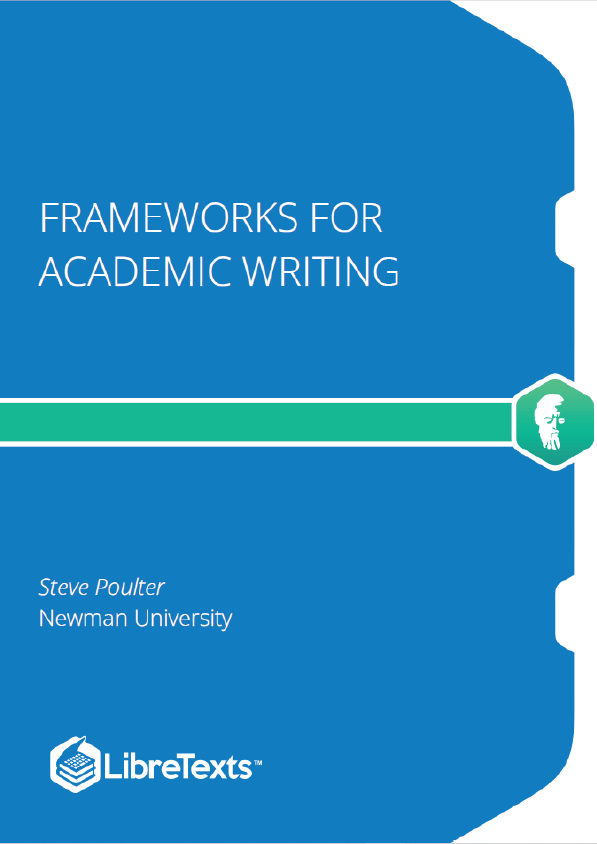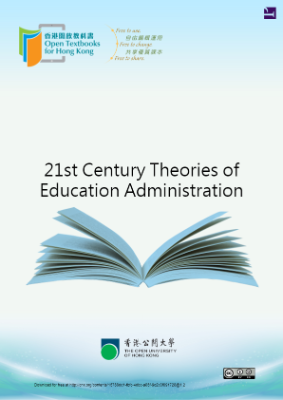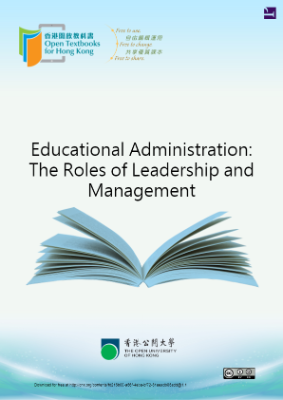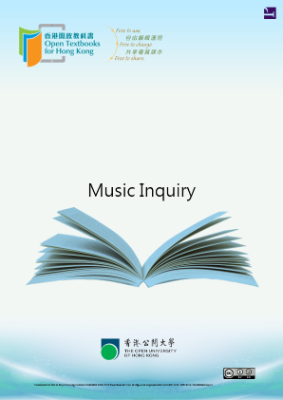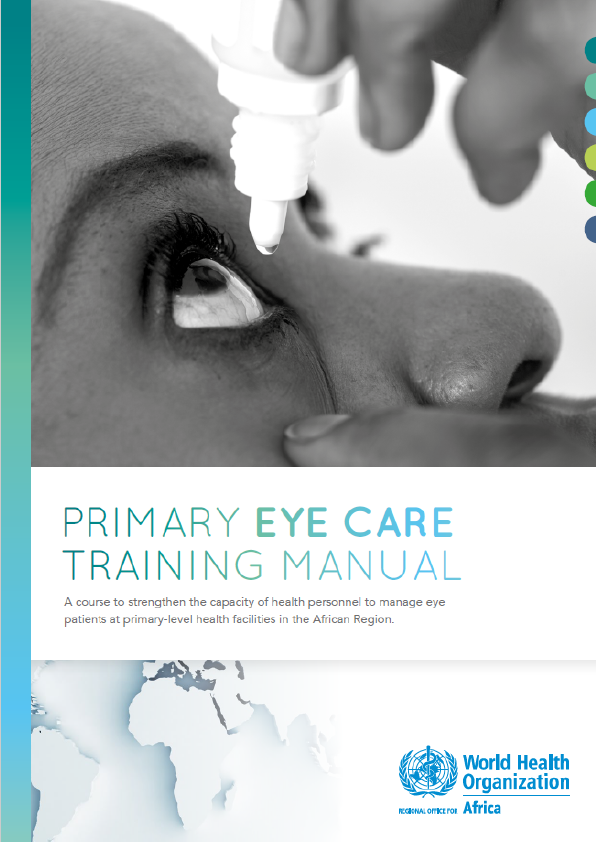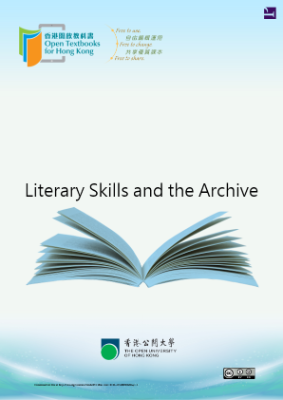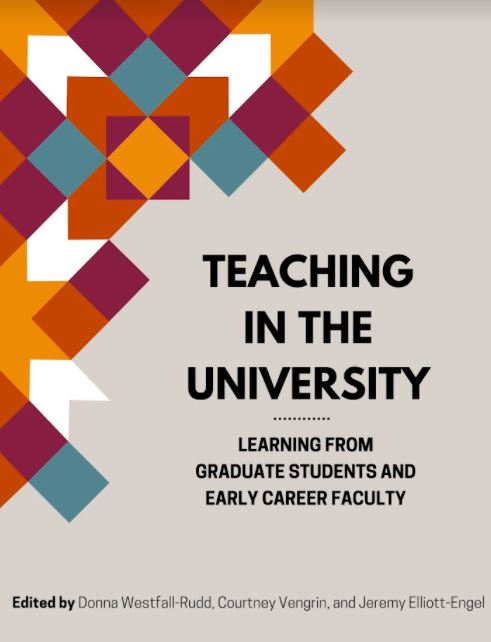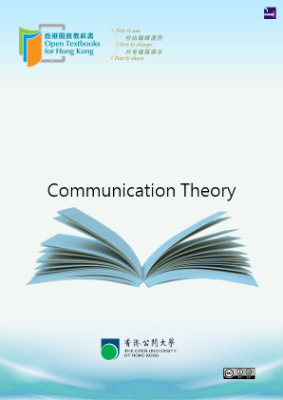Left Brain/Right Brain
Years ago a professor at my university conducted a study of incoming freshmen and English faculty. The professor gave the freshman class and the members of English department a “Left Brain/Right Brain” questionnaire, the score from which indicated a tendency in us to favor the “right brain” (seeing things holistically, being creative) or the “left brain” (seeing things linearly, being structured).
Students vs. Faculty
What the results suggested was that over 95% of the freshman class tended to use “left brain” thinking, while 100% of the English faculty tended towards “right brain” thinking. Even though this is an overly simplistic way to characterize thinking, we were surprised by the results and felt that they could tell us something about how we teach writing and how students learn to write.
Adjusting the Curriculum
After looking at the typical methods we tend to use in writing classes and listening to students describe how they perceived these methods, we found that there was a disconnect between faculty and student assumptions about writing. Faculty favored lots of reading, and discussing topics, “discovering” ways to write, brainstorming, writing processes, and so on. Unfortunately, students tended to see all of this as “dancing around the subject” and not very valuable for their own writing. Students overwhelmingly requested a “step-by-step” approach, one that gave them much more direction while they were drafting their papers. Outlines and the like seemed to help, but there were still vast (to them) blank spaces for which they had many questions.
Elements
At this point, we were forced to think about what makes up smaller segments of writing than essay, genre, and so on, but found that working with sentences and paragraphs (topic sentences, concluding sentences, etc.) was very difficult to do on the fly. At the same time, we noticed that, as they wrote in class, students consistently stopped after a sentence or two and asked, “What do I do next?” This forced us to identify elements that make up, for example, an introduction, or a summary, or a conclusion, and so on. It also forced us to identify elements before students began writing.
Orthographic vs. Rhetorical
The more we identified “elements” of sub-essay parts, the less we dealt with “types” of sentences. In other words, identifying types of sentences did not help in generating the parts of a narrative, for example. What did help was identifying key phrases that indicated that it was a narrative. This led to a major paradigm shift: elements of an academic essay – at least elements that help generate new writing – are not based on sentences and paragraphs (the orthographic system), but more on the modes (the rhetorical system) inherent in an essay. And how did we know which mode we were using (or wanting to generate)? A mode (narrative, argument, description, summary, procedure, comparison, and so on) is revealed by key phrases within that mode. So our job became identifying key phrases – something we could do in advance – to help students know what comes next in a typical mode and what phrases they could actually use.
